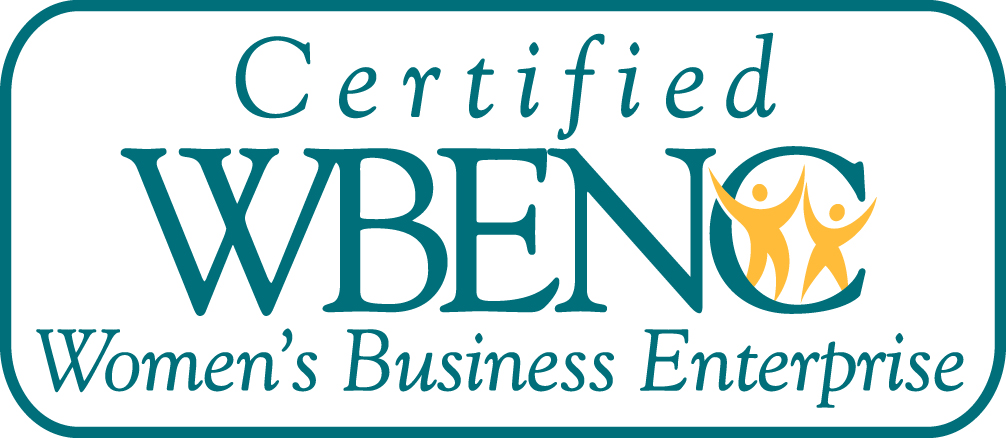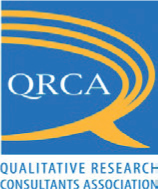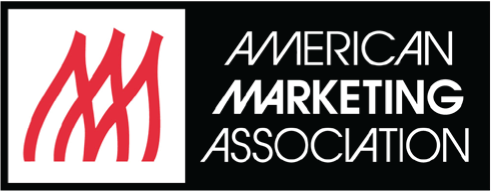Established in 1982, Bernstein Research Group has helped hundreds of brands gain insight into their users and target customers to help refine products, positionings, or business plans.
Founder Betsy Bernstein is an expert moderator and qualitative researcher who brings a marketing perspective to every project. With the experience of over 6,000 groups across an extensive range of product categories and target audiences, Bernstein Research Group has shown the ability to anticipate, manage and learn from the unexpected in every research project.
From wealth to welfare, pharmaceuticals to food, collectibles to cosmetics, or travel to technology, Betsy and her associates bring extensive experience to every project. A strong sense of curiosity drives Betsy’s passion to create custom qualitative research that meets project objectives and yields new insights. Her energetic, caring and empathetic interpersonal style earns kudos from clients and respondents alike.
Bernstein Research Group is nimble enough to effect the rapid implementation and turnaround that characterize today’s project’s needs. Focus groups of all sizes, individual interviews and ethnographies are the core of our business. We utilize hybrid methodologies and also have a growing presence both globally and online.
We look forward to discussing how we can identify insights to help build your business.




